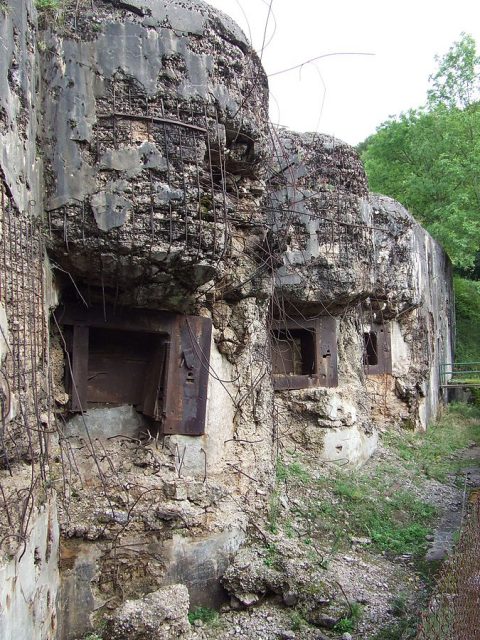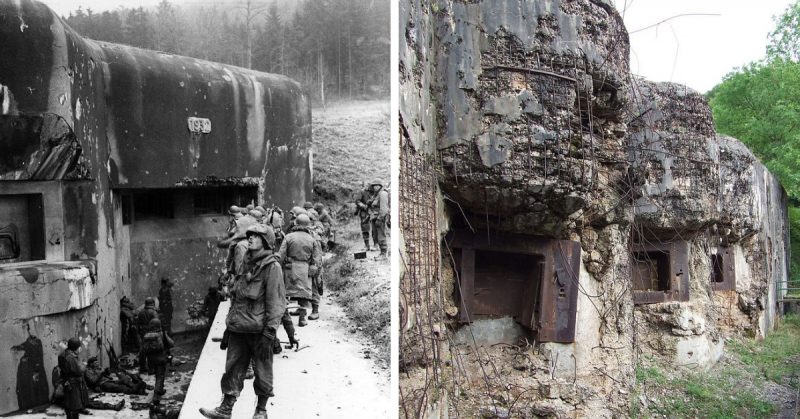The moment the Germans entered Belgium, the plan was for the French (and hopefully British) to move in and fight them there and the Maginot Line did that.
The Maginot Line was a series of fortifications built by France between 1929-34 and subsequently enhanced until 1939. Named after André Maginot, the French Minister of War, it ran along the eastern border with Germany and Luxemburg and stretched across 450km (~300mi).
The fortifications were built as a result of experiences from the exceptionally bloody war in 1914-18. At around 3 billion French Francs, the cost of the Maginot Line was enormous. However, the intention was to save lives and what price can a government put on that?
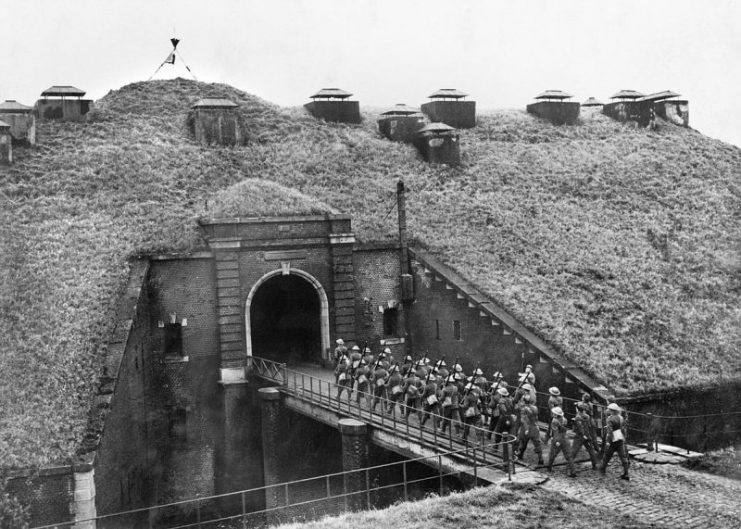
The French remembered when the Germans invaded their country in World War I, and were anxious that the same thing should not happen again. The idea behind the creation of the Maginot Line was not only to avoid trench warfare inside France but also to stop or at least delay any potential offensive from the east which would give troops time to prepare a counter-attack.
https://youtu.be/gqybE7Ot5yc
French military minds thought the Maginot Line was insurmountable. It could defend against most forms of attack, including tanks and air bombings. It had underground railways that could carry troops and equipment from fort to fort. Over 600 main combat objects were supported by 6,000 kinds of various fortifications and obstacles.
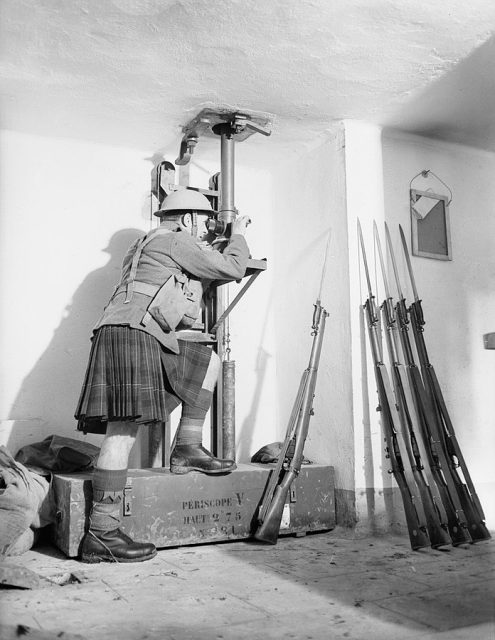
The Germans were aware of the pros and cons of the French fortifications. They even built an equivalent which they called the Siegfried Line so that they could obtain first-hand insights into its structure and defenses.
In comparison to French war doctrines, Germans preferred an offensive fight. As such, plans based on the shocking Blitzkrieg method were created.
In September 1939, the Third Reich proved how effective a swift and sudden attack could be, but French still believed in the might of the Maginot Line. However, the enemy did not plan to attack from the east.
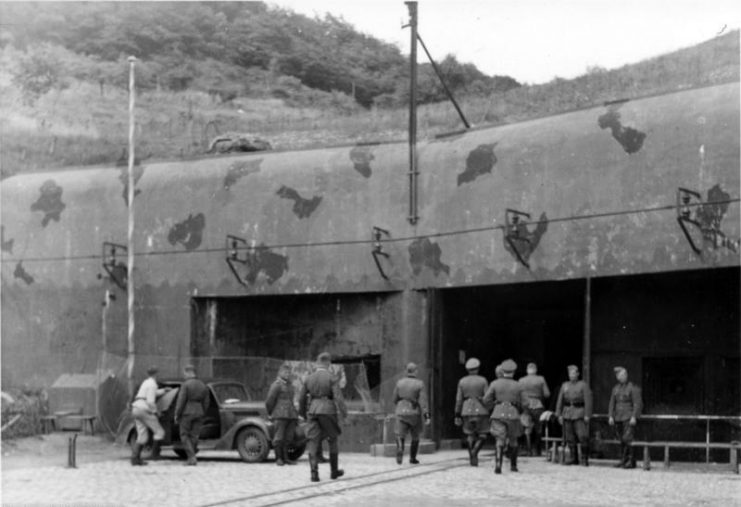
There was no fortification across the Belgium border because the French planned to use the lowlands for a possible counter-offensive and there was simply no reason to fortify a border with a neutral country. Unfortunately, the Germans recognized and exploited that weakness. They had no problem with violating the neutrality of several countries rather than attacking France head-on.
The Maginot Line itself had some weak points, one of which was at the Ardennes Forest. The French thought the area nearby was difficult enough to cross, even without a heavy defensive system. However, the Nazis proved them wrong and managed to encircle the Allied troops. Many mistakes were repeated from the previous war.
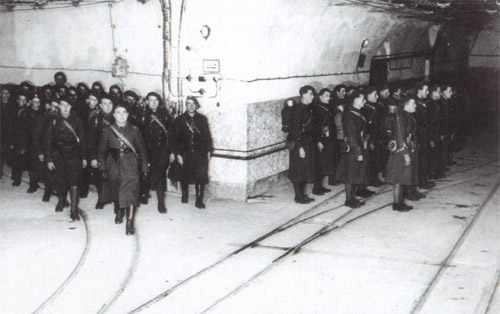
The German war machine attacked on 10 May 1940. Five days later, the Germans were well into France and continued to advance until 24 May, when they stopped near Dunkirk. In six weeks, France had been conquered. Nevertheless, the Maginot Line itself still stood, intact and ready to fight back. The Germans were unable to capture any of the forts within this complex.
Despite being surrounded, many commanders were prepared to hold out at any cost. However, after the capitulation of France, there was nothing left to defend. The entire garrison of the Maginot Line was captured and sent to POW camps.
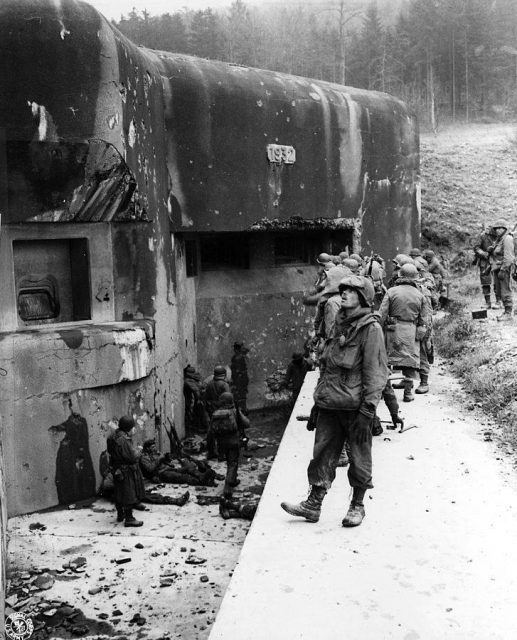
It wasn’t the end of the war for the Maginot Line though. In 1944, this time in hands of the Germans, the line got in the way of advancing U.S. troops. The fortifications were largely bypassed, but not without a few exceptions near Metz and Alsace.
Despite their impressive structure, fixed fortifications on such a vast scale like the Maginot Line and the Siegfried Line were now simply outdated and obsolete. The Maginot Line still exists, but it is not maintained and not used for military purposes anymore.
More photos
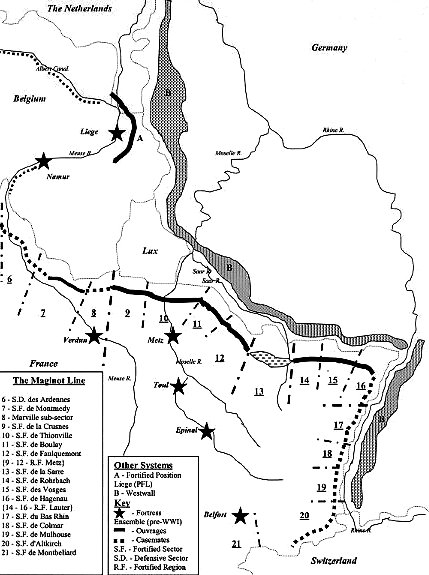
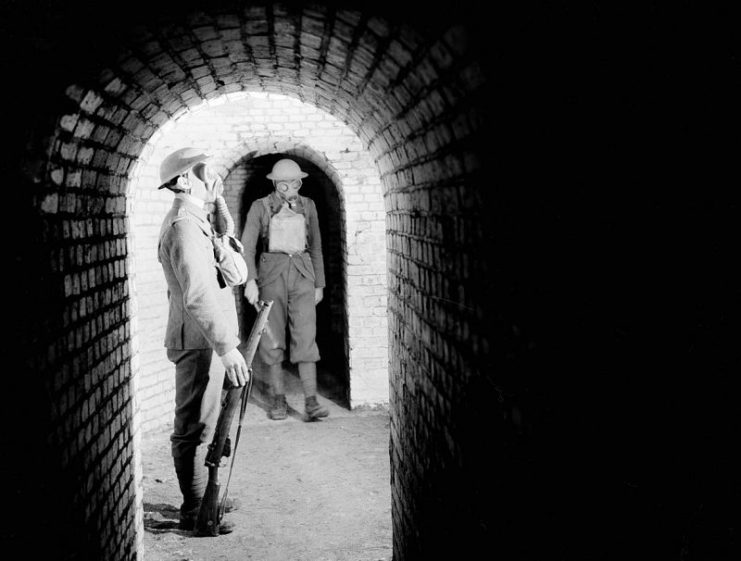
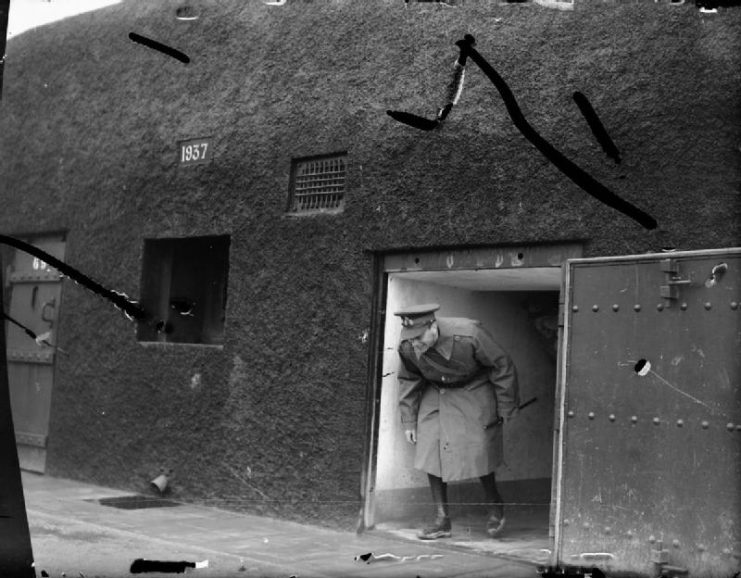
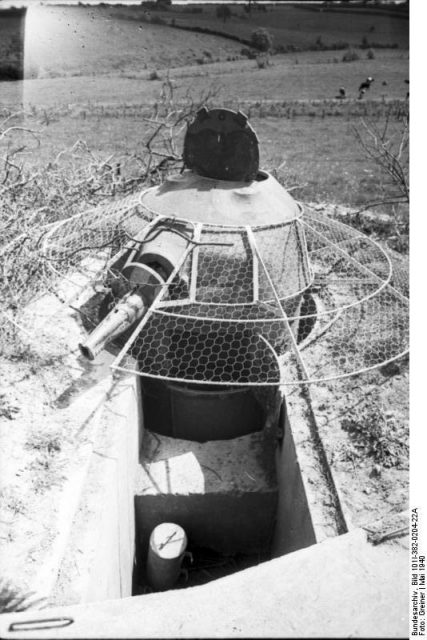
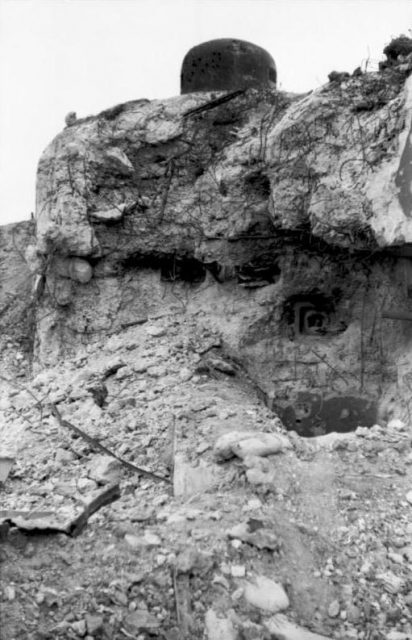
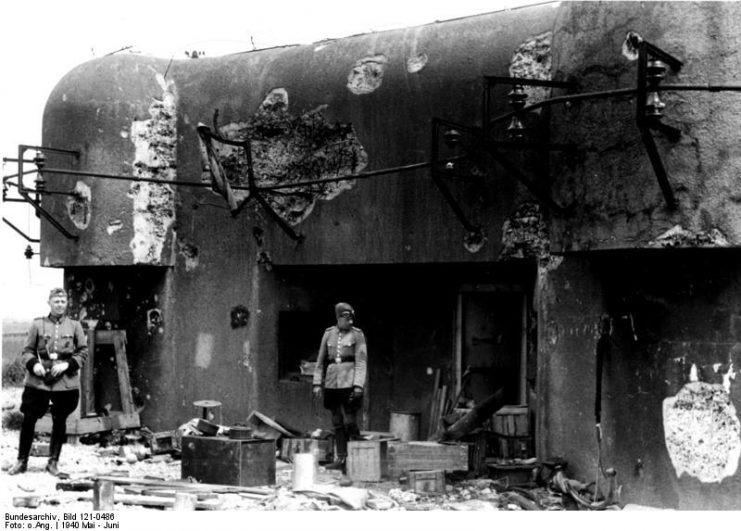
Maginot Line now
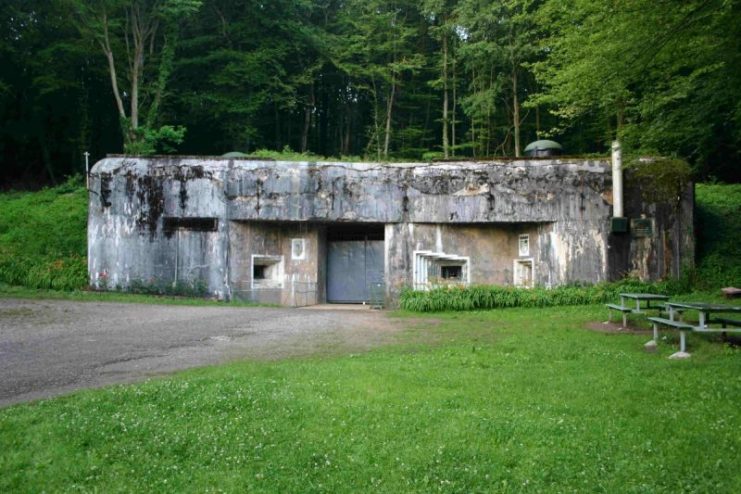
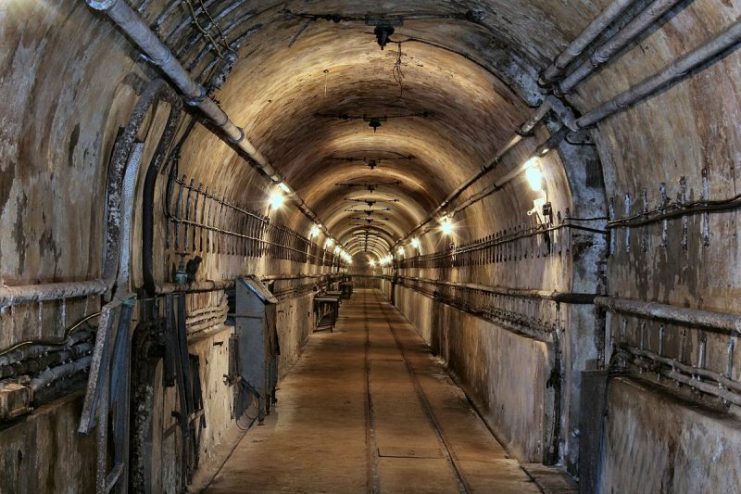
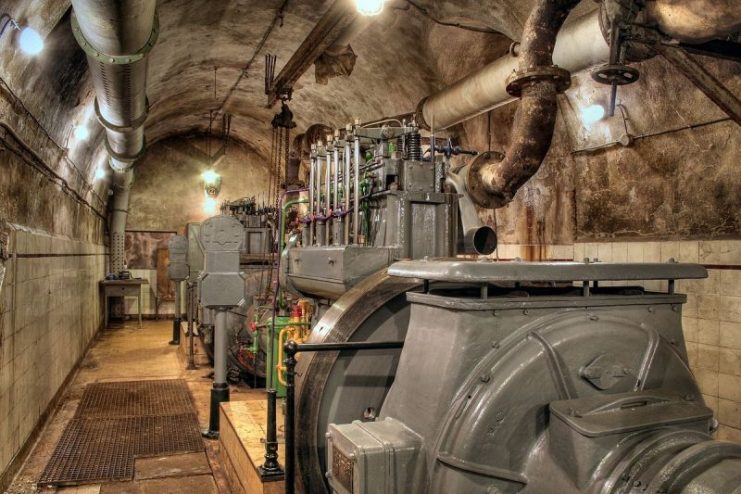
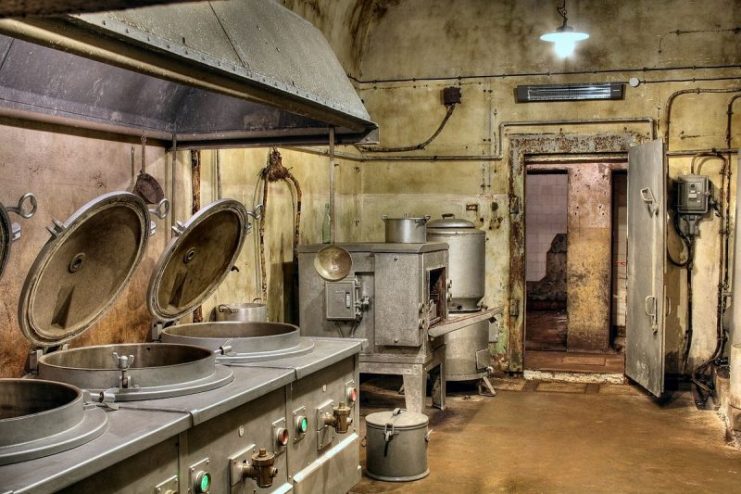
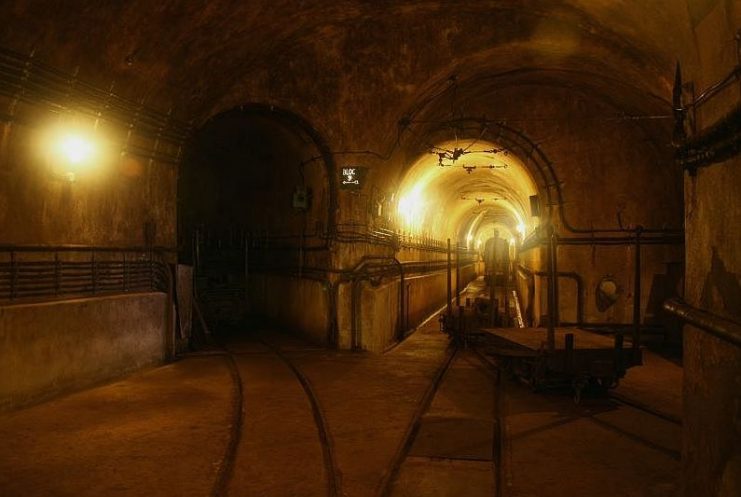
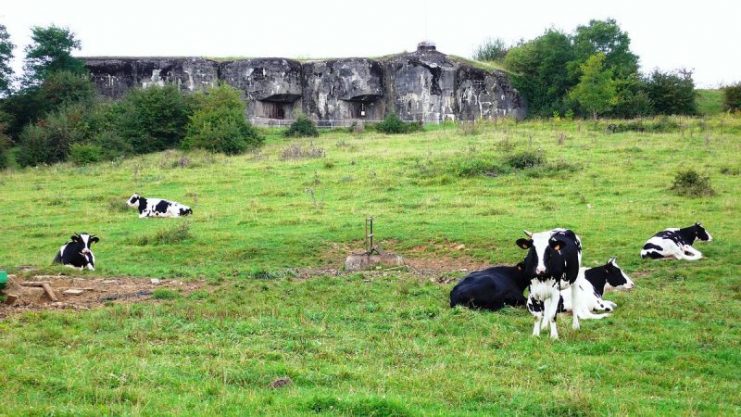
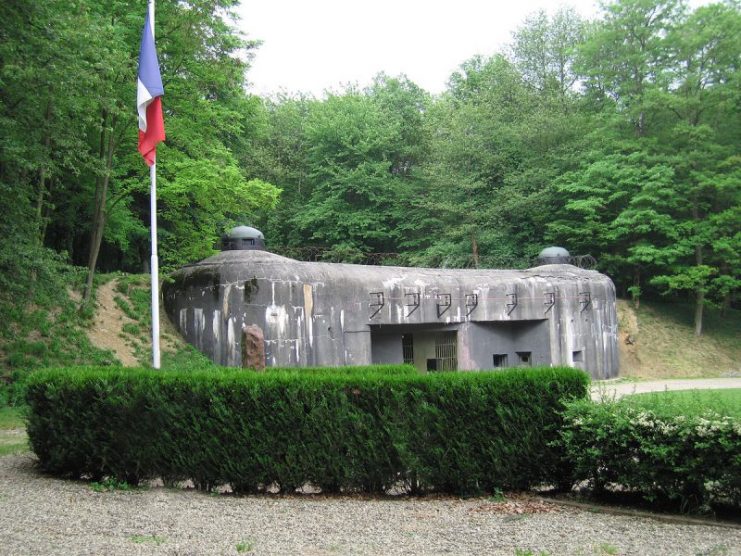
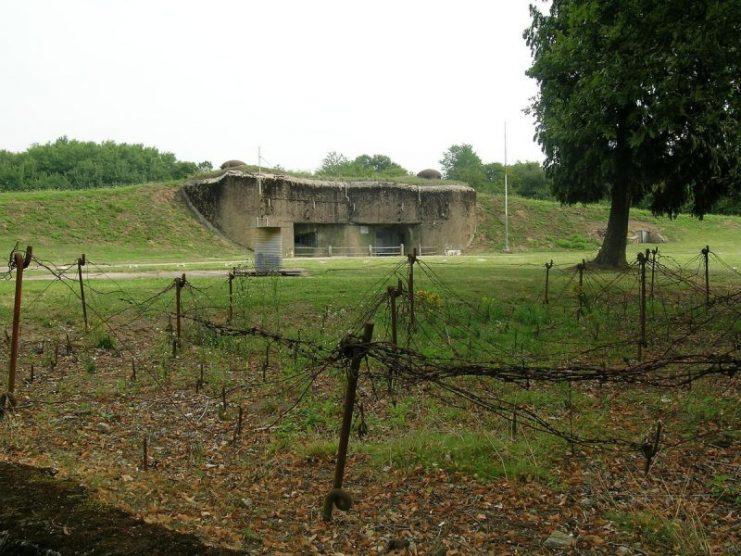
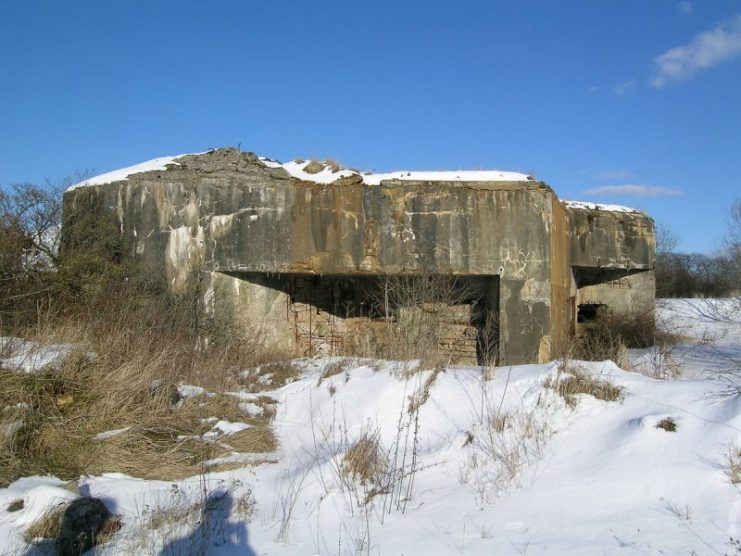

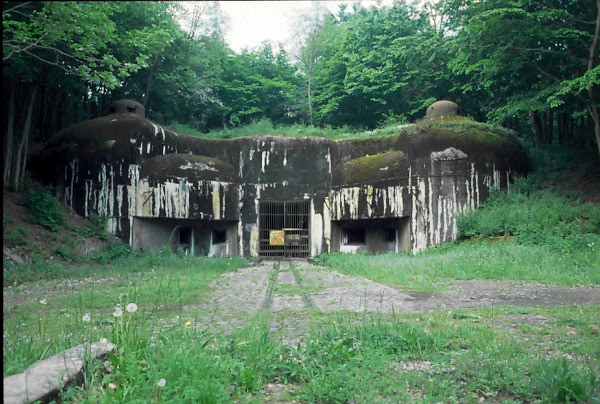
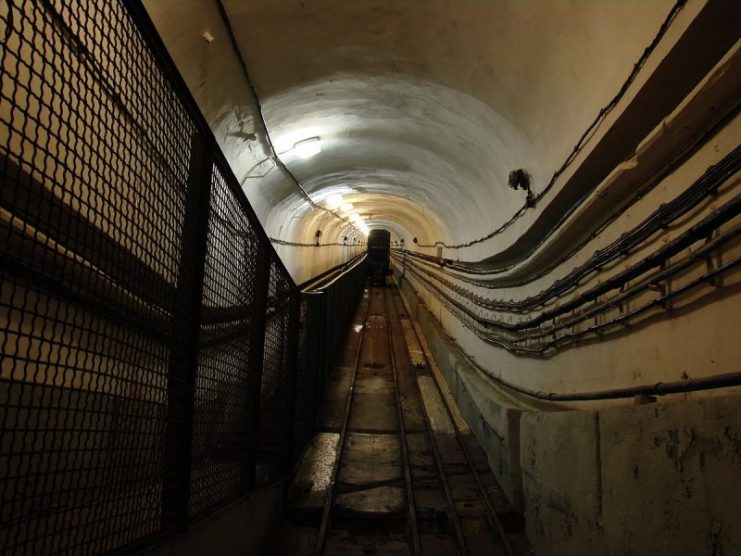
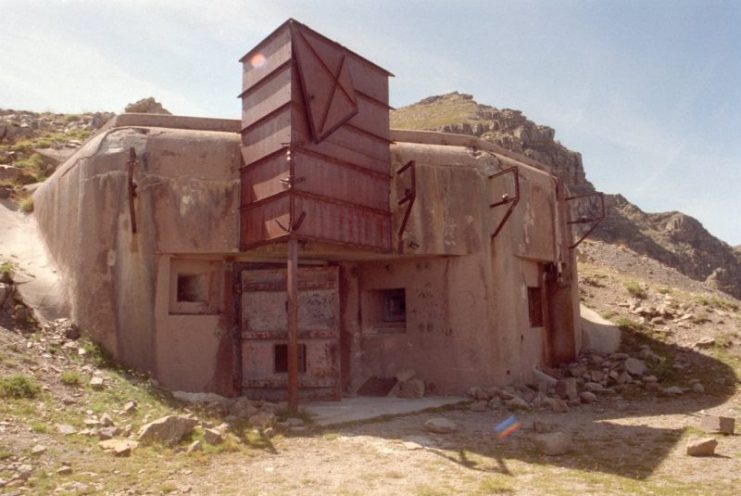
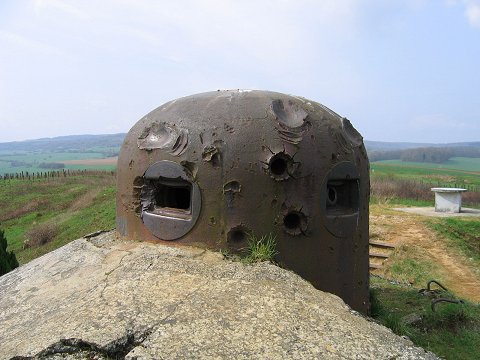
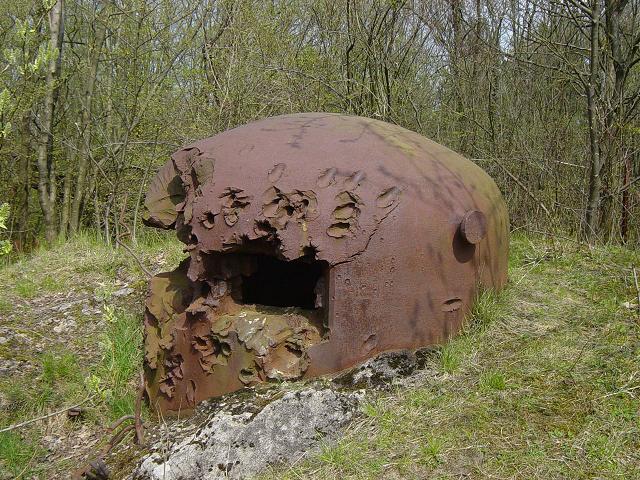
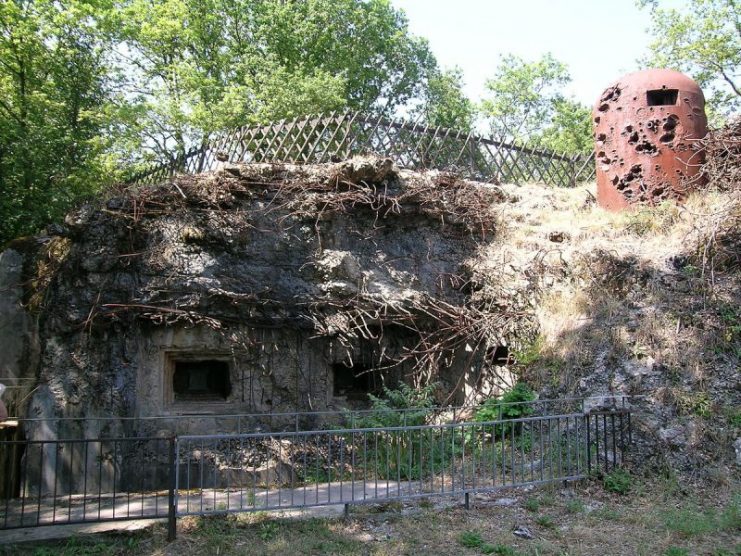
Read another story from us: The Age of Concrete and High Explosives – Massive Fortifications Of WWII
